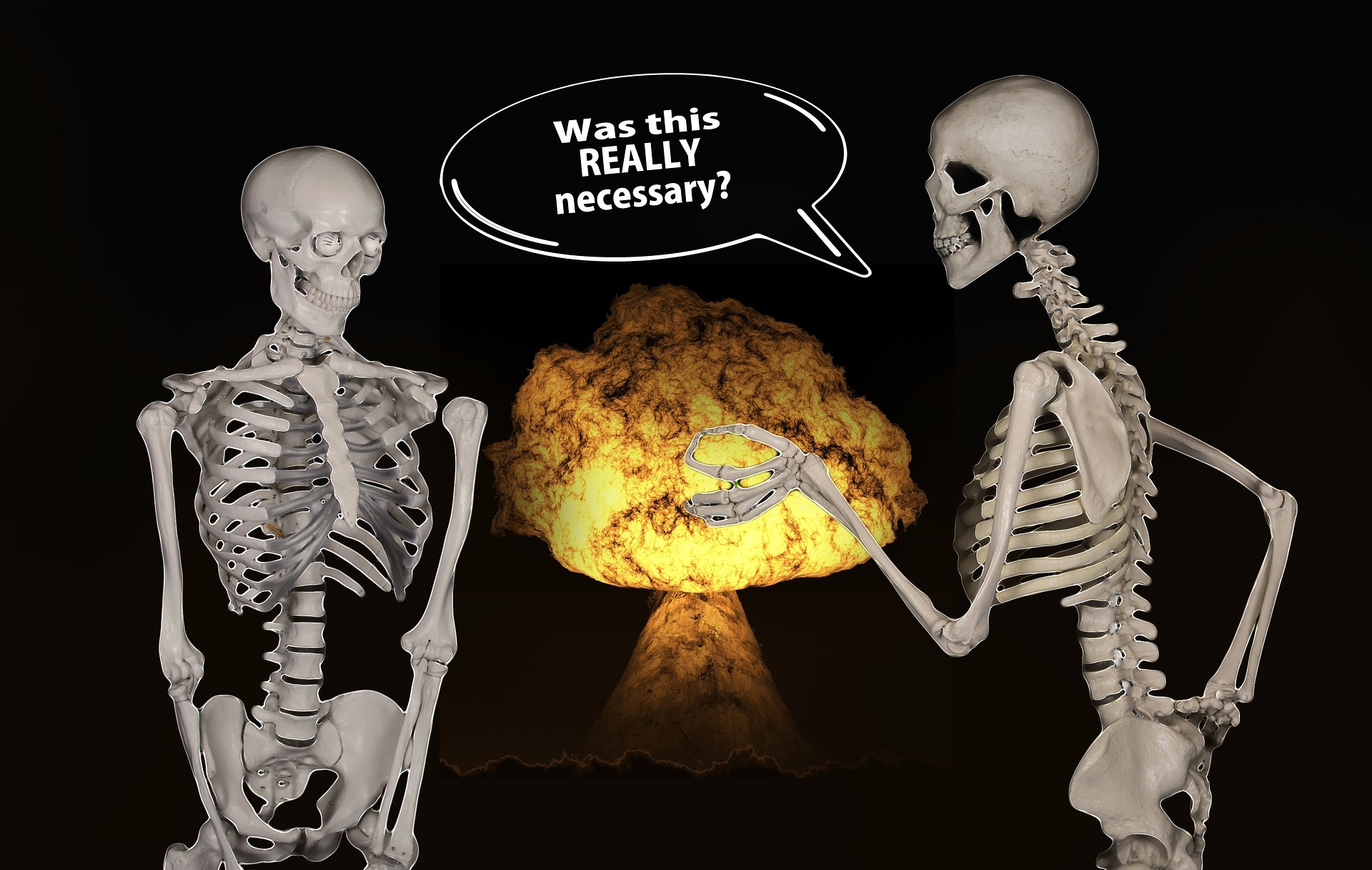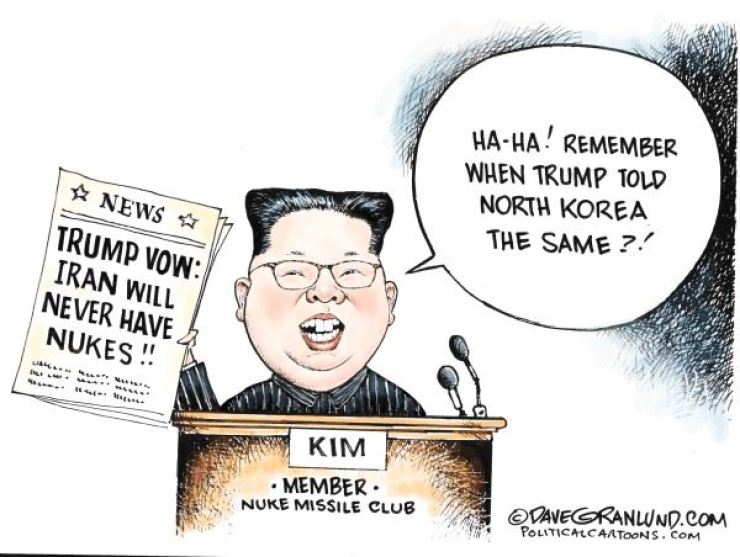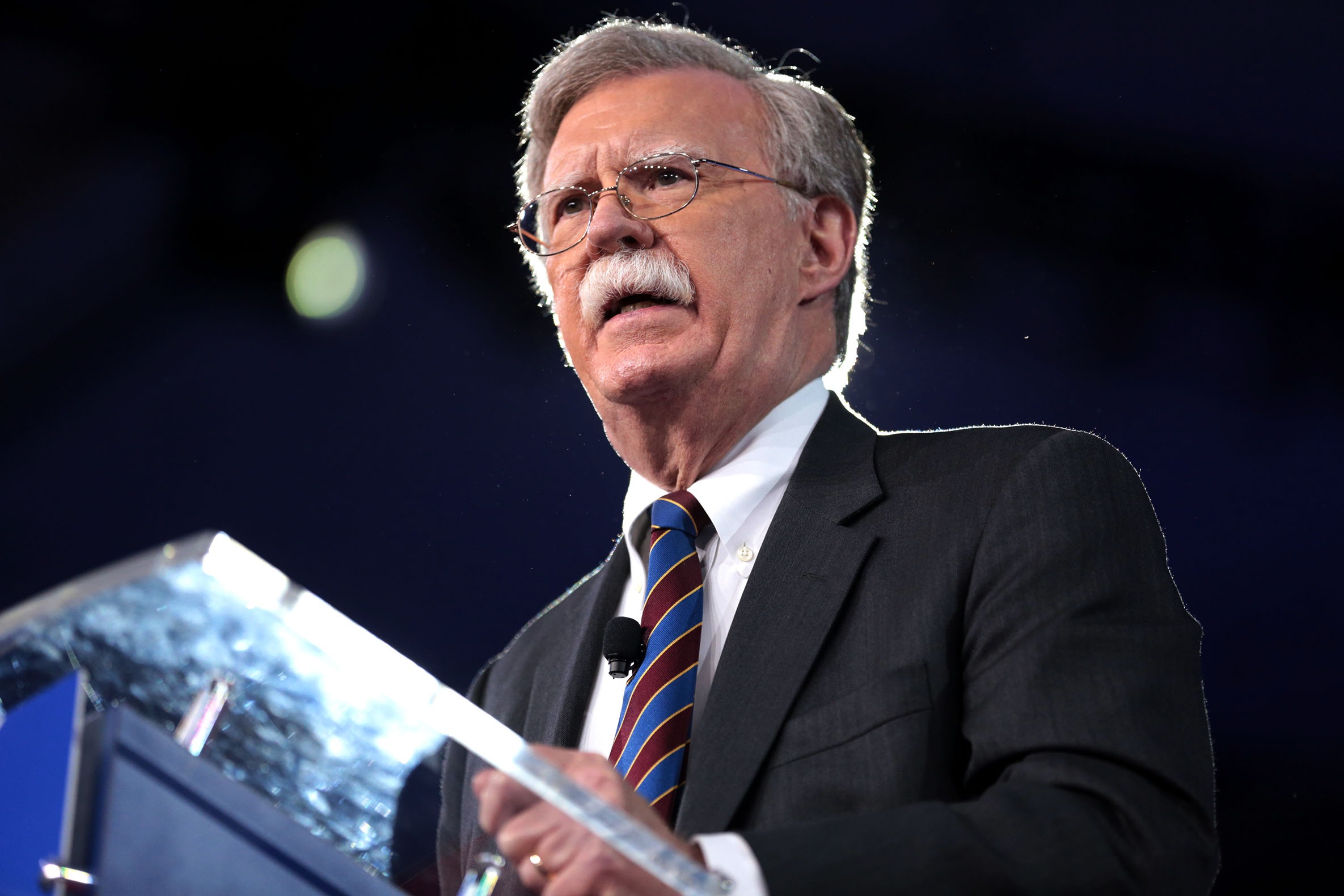Four Contentious Nuclear Issues
Since the so-called “no-deal” summit between U.S. President Donald Trump and North Korean leader Kim Jong-un in Hanoi in February, Washington-Pyongyang relations have remained tense and tenuous.
North Korea has test-fired short-range ballistic missiles, a submarine-launched ballistic missile and “super-large” multiple rocket launchers more than 10 times since May.
In addition, the North abruptly ended its working-level talks with the U.S. early this month in Stockholm without any agreement, while blaming Washington for not being prepared for the meeting. In the past, such North Korean military provocations and unilateral actions might have caused American retaliatory measures and consequently led to the collapse of negotiations.
This time it was different. Both Trump and Kim have managed to keep bilateral relations afloat through exchanges of “personal letters” and a “surprise” meeting at the truce village of Panmunjeom.
As both leaders still show interest in each other for various political and personal reasons, a potential third Trump-Kim summit could be held at some point. However, in order to hold a new summit, four contentious nuclear issues should be negotiated and agreed upon, as both leaders have learned from the Hanoi summit that a “no-deal” summit is not an option anymore. Then what are those four issues?
First, the U.S. presented three demands to North Korea: the so-called “Yongbyon plus” initial denuclearization measures, the definition (or end-state) of denuclearization and a denuclearization roadmap.
The U.S. would raise these issues again in later negotiations, as it needs to know this basic information in order to reach a comprehensive nuclear deal. However, if the U.S. wants answers, it should also be prepared to provide North Korea with initial corresponding measures, their definitions (or end-state) and a roadmap.
Only when both North Korea’s denuclearization and the U.S.’ corresponding roadmaps are on the table can both countries engage in serious negotiations to draft a comprehensive nuclear deal. Though we need a comprehensive roadmap, a conceptual roadmap showing clear images of major steps and the end-state would be good enough for the time being.
Second, initial first-step denuclearization measures by North Korea will be the most critical and controversial issue, as was the case at the Hanoi summit. North Korea had offered to dismantle its Yongbyon nuclear facility, whereas the U.S. wants a “Yongbyon plus alpha.”
The two sides have to agree on those initial denuclearization steps for the next summit. Most nonproliferation experts agree that the freeze and shutdown of fissile material production should be a priority, because North Korea is continuing to produce fissile materials and building nuclear warheads even now.
Third, verification is another difficult problem. Of course, North Korea’s denuclearization measures should be verified, but the question is how and to what extent. The most desirable verification method would be full-scope and intrusive safeguards by the International Atomic Energy Agency (IAEA) that members of the Nuclear Nonproliferation Treaty (NPT) are obligated to accept. But Pyongyang has long refused inspections at all costs.
North Korea has repeatedly walked away from nuclear agreements in order to avoid its verification obligations. Considering its past and nonmember status in the NPT, the North’s phased application of verification is a realistic option.
As U.S.-North Korea relations improve, we could move from less intrusive to more intrusive inspection measures. If North Korea returns to the NPT someday, the IAEA inspectors should return to conduct full-scope inspections.
Lastly, what kinds of corresponding measures do we need to provide to North Korea? In Hanoi, North Korea allegedly demanded the lifting of most sanctions against its economy in exchange for a partial, Yongbyon-only denuclearization.
The U.S. rejected this proposal, because it regarded economic sanctions as its most effective leverage and wanted to keep this to the end. Then, North Korean Foreign Minister Ri Yong-ho said the North will not ask for sanctions relief anymore, but would rather demand security guarantees as corresponding measures.
Considering Kim’s focus on economic development based on his new strategic line of concentration on the economy, we can still utilize sanctions relief and economic assistance as effective negotiation leverage.
Among various corresponding security measures, the most effective and feasible one will be the diplomatic normalization with North Korea. For example, the U.S. may consider starting diplomatic normalization negotiations in exchange for the freeze and shutdown of nuclear material and bomb production.
Recent Trump-Kim summitry and their amicable relationship provide us a rare historic opportunity to negotiate a new nuclear agreement. If we fail to grab this opportunity, we are sure to encounter much worse and uncertain security and negotiation environments regardless of Trump’s re-election.
Only when North Korea’s nuclear freeze is secured, can we buy time for follow-up nuclear negotiations. Otherwise, we will lose time as North Korea will accumulate more nuclear material and bombs.
Jun Bong-geun is acting president of the Institute of Foreign Affairs and National Security at the Korea National Diplomatic Academy in Seoul. The Korea Times publishes Dr. Jun’s article in cooperation with the Asia-Pacific Leadership Network for Nuclear Non-Proliferation and Disarmament (APLN).
This article was first published in The Korea Times on 15 October 2019 and is part of dedicated, regular Korea Times column with analysis by APLN members on global issues: http://www.koreatimes.co.kr/www/opinion/2019/10/137_277141.html.
Image: Pixabay stock, Gerd Altmann.




